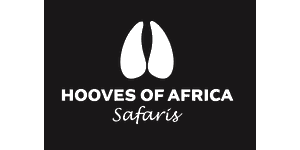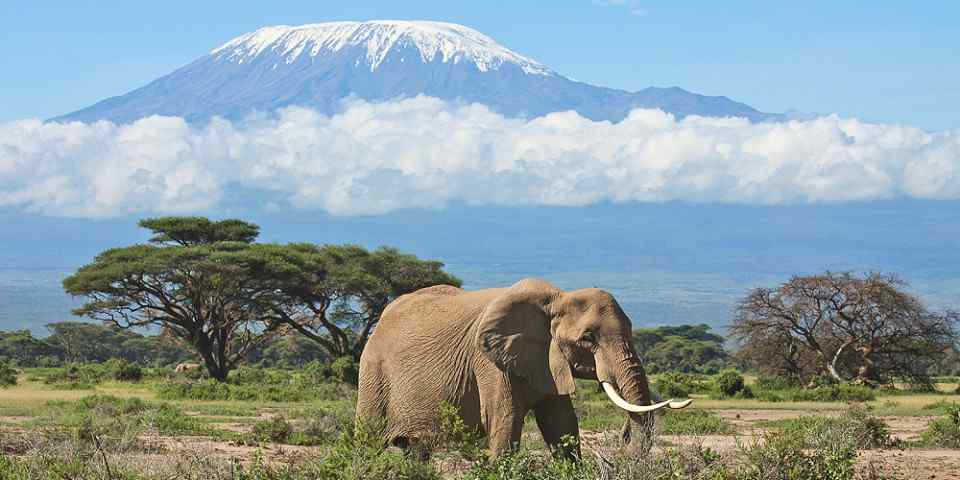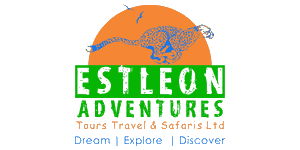
Guide to Driving in Namibia: 10 Useful Self-drive Tips
 By Anthony Ham
By Anthony Ham Anthony is a renowned Africa expert and author of the Lonely Planet guide to Botswana and Namibia.
Driving in Namibia on a self-drive safari means embarking on a true African adventure. Namibia is perfect for this kind of self-guided exploration. It has a well-maintained road network and all the necessary infrastructure. This makes it easy to explore the country’s stunning landscapes and unique wildlife, enjoying encounters with a rich diversity of people along the way. The experience can also be as adventurous as you want it to be, and it’s a superb introduction to the joys of being your own boss out on the open road.
1. Is Driving Yourself in Namibia Safe?

Namibia is sometimes called ‘Africa for beginners’, and this nickname is well-deserved. Crime rates in the country are low, and the infrastructure (including roads) is generally excellent. Very low population densities mean that traffic is light. Accidents can happen, of course. To stay safe, make sure that you understand local conditions and drive accordingly. But that’s true anywhere, and the danger of driving in Namibia is much lower than in many other countries around the world.
2. Do I Need a 4WD Vehicle for a Self-drive Tour in Namibia?

It depends on where you want to go. Most Namibian self-drive safaris can be easily done in a 2WD vehicle. The major destinations are generally connected by sealed roads, and where gravel roads take over, many of them are in excellent condition. That said, do your research. Some areas require a 4WD, including the remote river valleys of Damaraland and the northwest, Khaudum National Park in the far northeast, or parts of Sossusvlei and the wider Namib Sand Sea. Renting a 4WD vehicle is more expensive, but it means that you can explore a little farther.
3. What Preparation Do I Need?

If you do decide to drive in a 4WD vehicle, it can be a good idea to take a beginner (or refresher) 4WD training course. Most of the things you’ll learn, such as how to cross water safely and navigate soft sand, will never arise while on the road in Namibia. But it’s about having the confidence to set out, knowing you’re prepared for most eventualities.
It’s also important that you learn everything you need to know about your vehicle. Most rental companies will provide a briefing when you pick up your vehicle. Although you might be eager to get out on the road, don’t rush this part of the process. It’s better to delay your departure than to set out in a hurry and discover an important gap in your knowledge when it’s too late. This briefing can involve really simple yet essential details, such as which type of fuel your car needs or how to change a tire on your vehicle. Punctures are relatively common on Namibian roads.
4. What Should I Consider When Planning My Self-drive Safari?
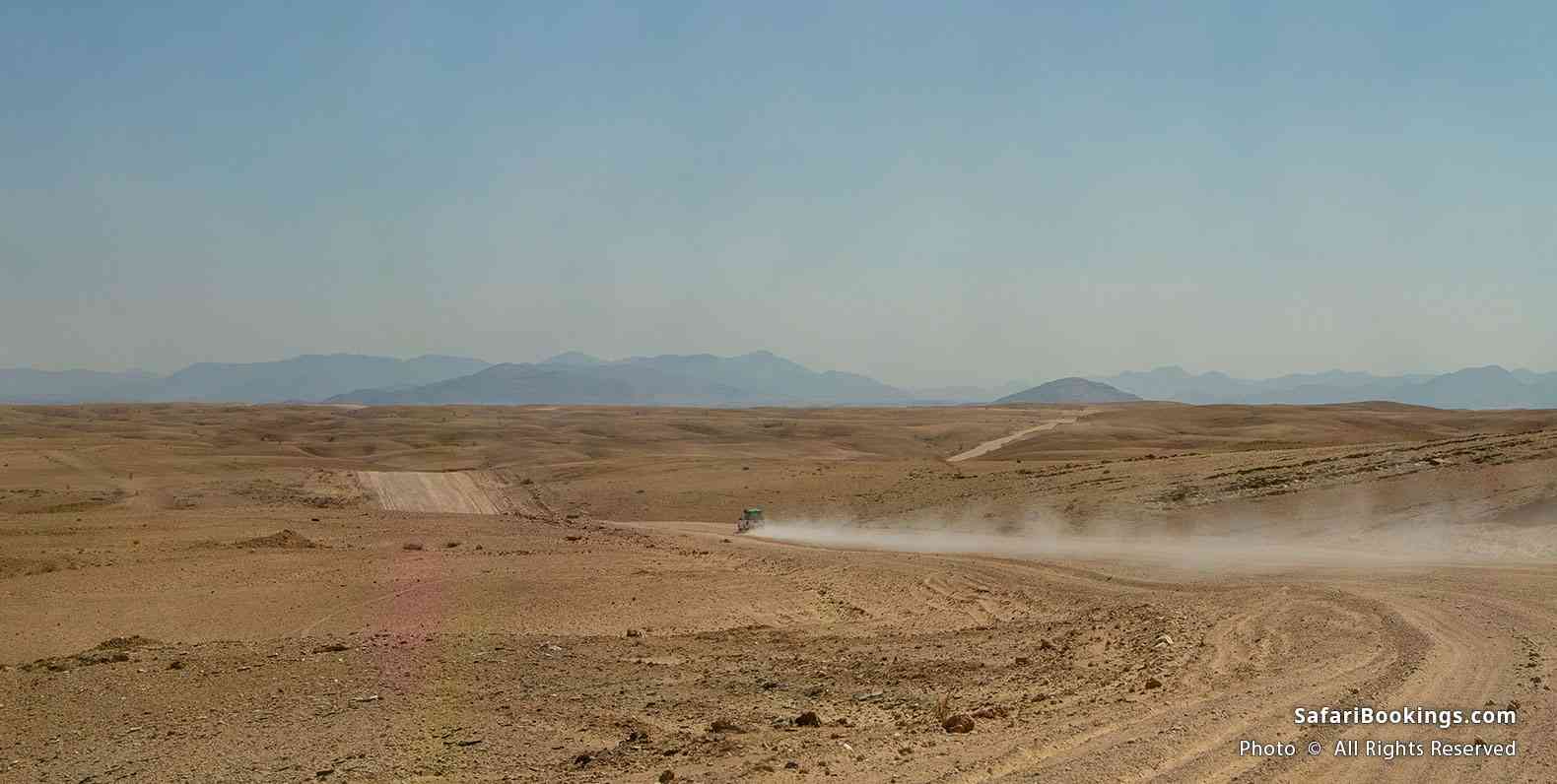
Namibia is a big country. Distances here are long, and you can spoil the whole experience if you try to be too ambitious. This is especially the case if you’re traveling as a family. Research the distances between the attractions you want to see and be realistic. It’s far better to see a few places well, rather than trying to see everything and spending most of your time in the car.
And remember the basics. Always carry far more food and water than you think you might need: if you break down, it may be quite some time before help arrives. And take out insurance to make sure that you’re covered in the rare case of an emergency.
5. What Are Road Conditions Like in Namibia?
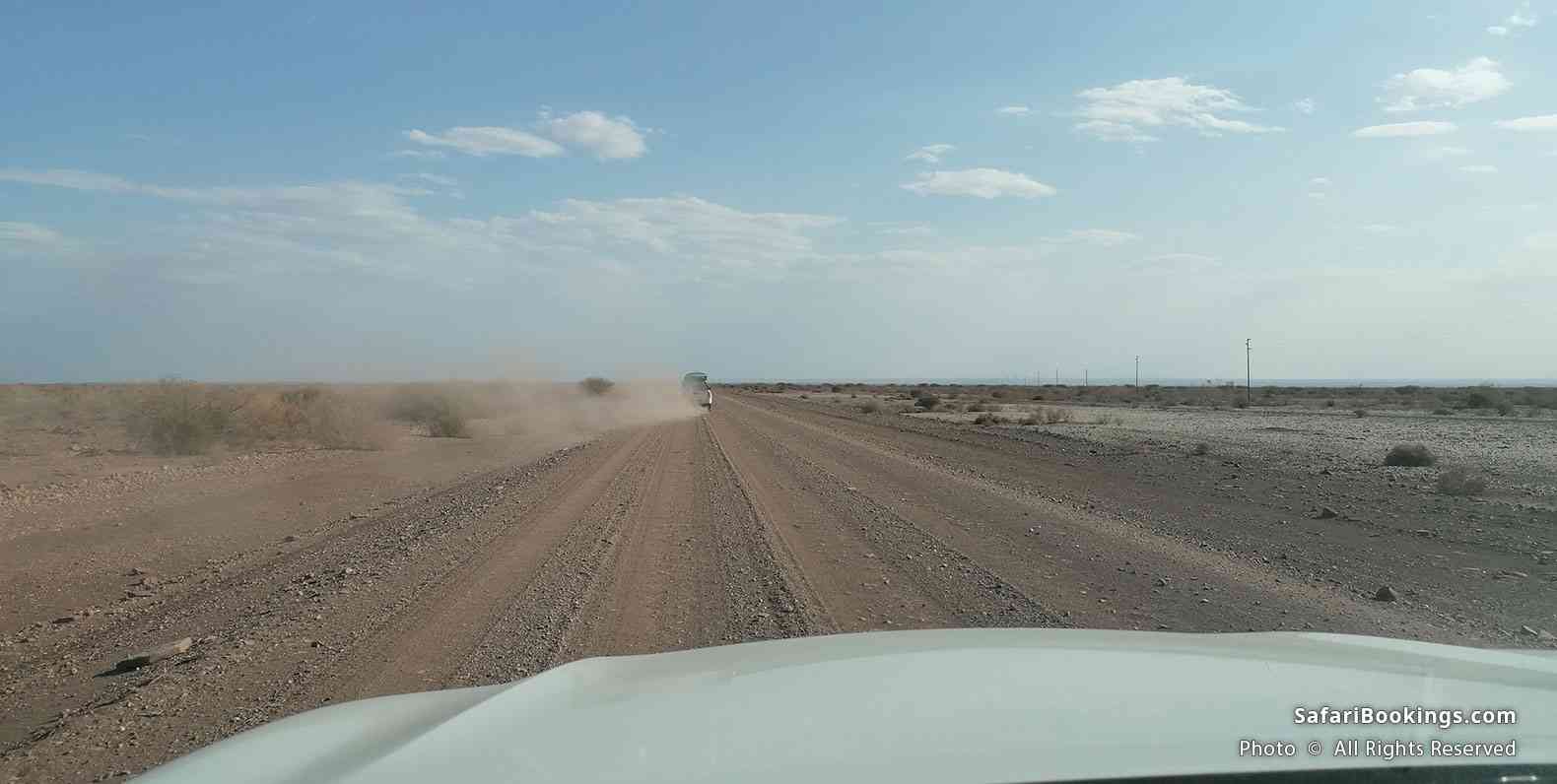
Namibia’s roads are generally excellent, although there are exceptions, especially in remote areas. Some roads are so good that it can be easy to drive too quickly without realizing that you’re speeding. Always keep an eye on how fast you’re going. On gravel roads you should be especially careful. There’s no easier way to ruin your trip than going too fast on gravel. One minute you’re having the time of your life, the next, one small error can change everything.
6. What Do I Need To Be Careful Of?
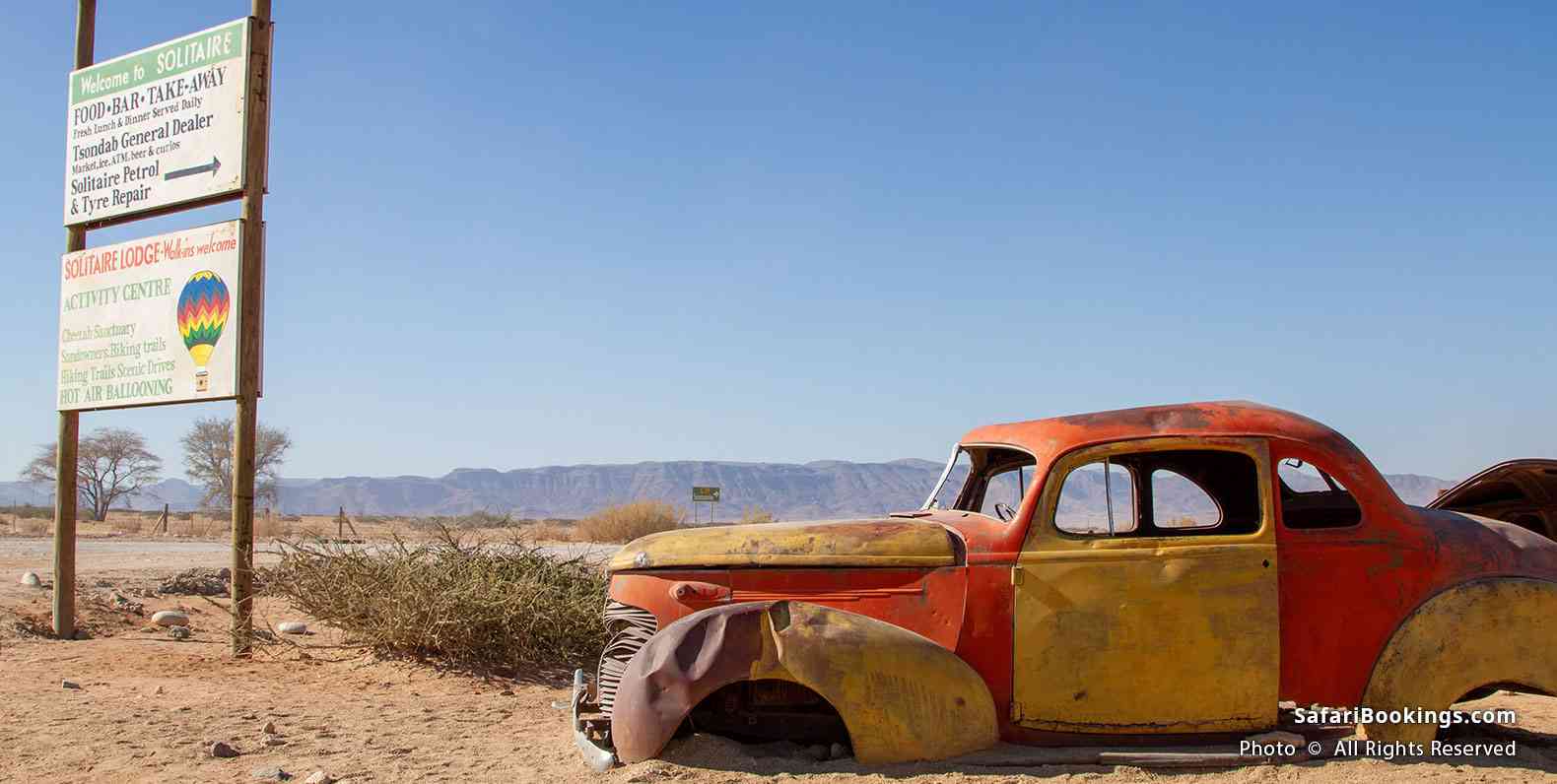
Never, ever drive at night in Namibia. Street lighting ranges from poor to non-existent. Local vehicles coming in the opposite direction are often poorly maintained and the headlights don’t always work. And most dangerous of all, both wild and domestic animals frequently wander across the road. By day, you can probably see them coming and have time to adjust. By night, a cow or a giraffe might appear in front of you without warning.
Also, it can be a long way between gas or petrol stations. Fill up when you can, rather than assuming that there might be a fuel stop somewhere in the next 200km/125mi.
7. Which Side of the Road Do I Drive On?
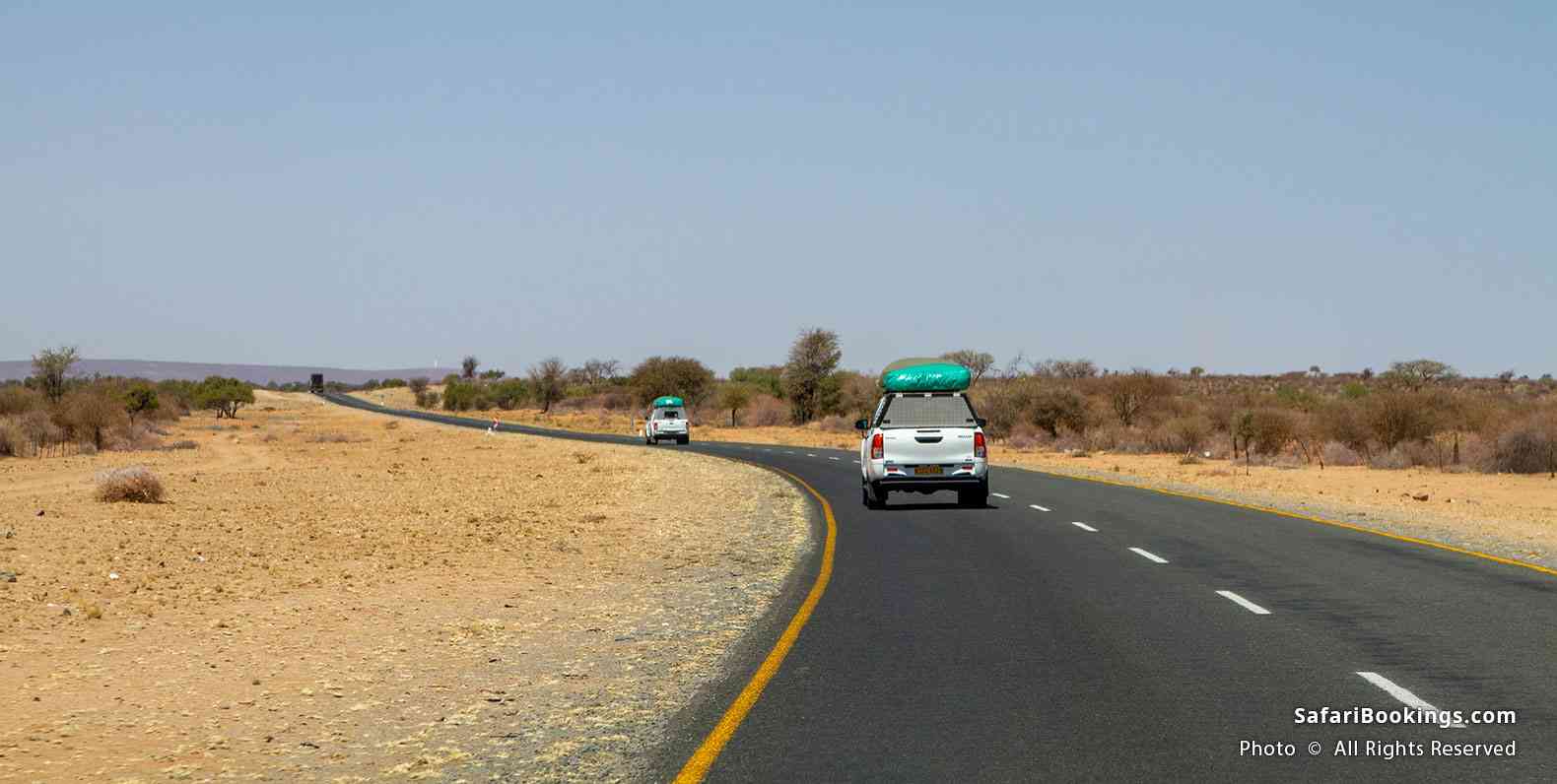
You drive on the left in Namibia, which is the same as in neighboring South Africa, Botswana and Zambia. In Angola, on Namibia’s northern border, you drive on the right.
8. What Are the Speed Limits When Driving in Namibia?
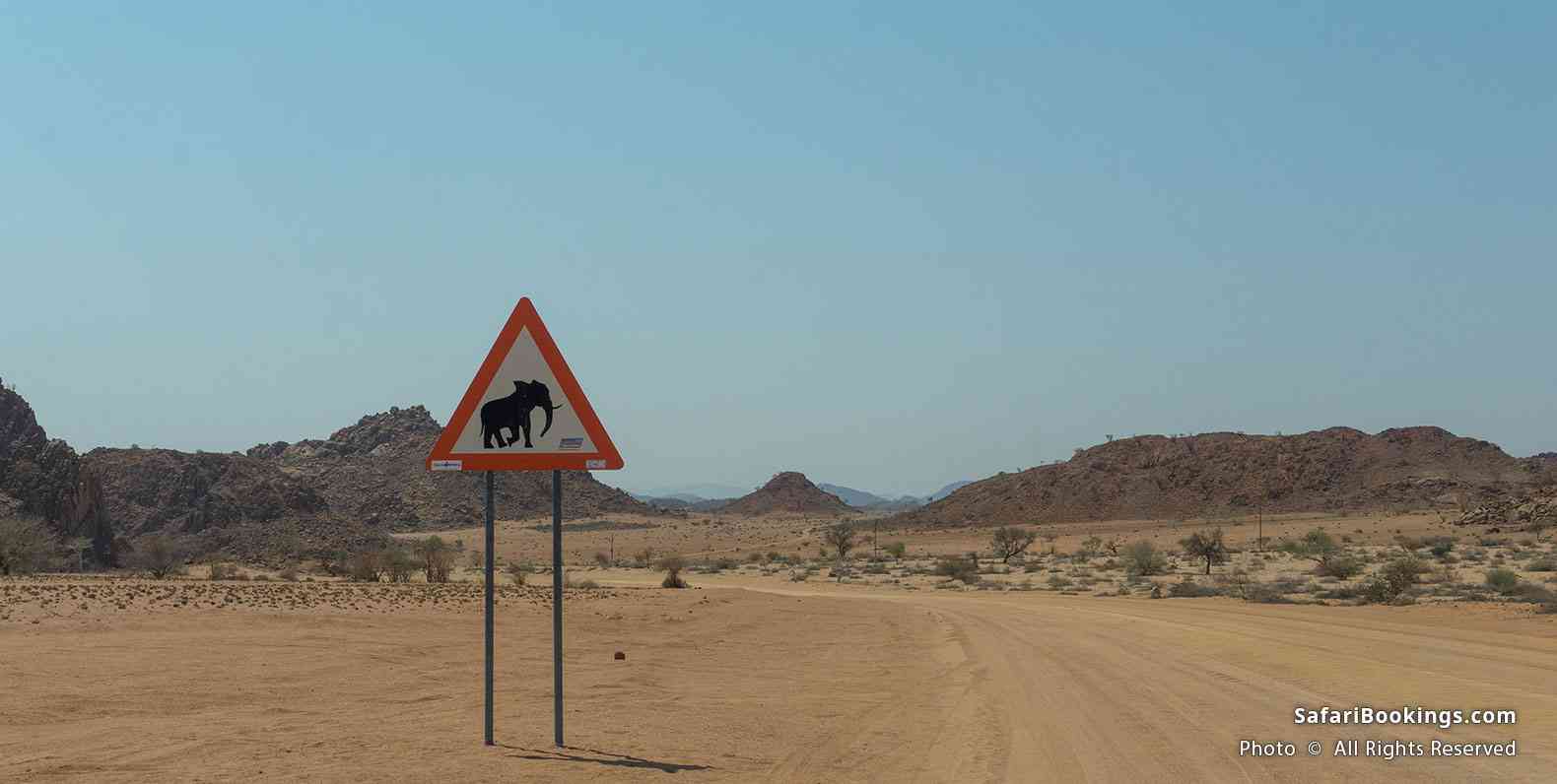
The simple guideline is that the speed limit is 60km per hour for urban areas, 120km per hour for sealed roads away from urban areas, or 100km per hour for gravel roads.
There are two overall caveats to these rules. First, always observe road signs when it comes to speed limits, as they can vary according to local conditions you might not be aware of. Secondly, if you’re traveling on a gravel road, the speed limit is simply an upper limit and we strongly recommend that you drive much slower. Most 4WD rental companies require that you travel no faster than 80km per hour on gravel roads.
9. Do I Need an International Driver’s License?
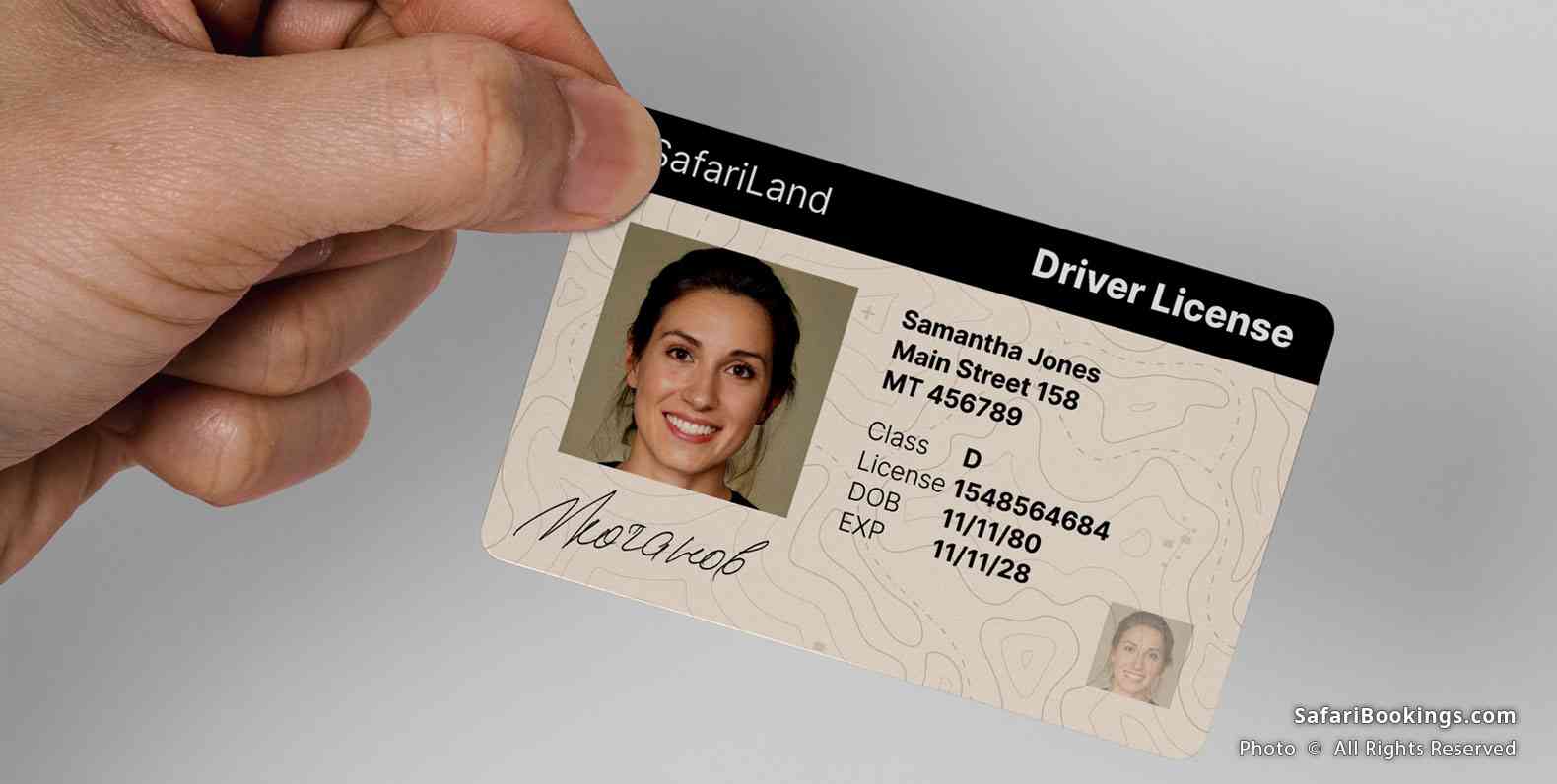
By law, foreigners driving in Namibia don’t need to carry an International Driving Permit (IDP) if they plan on staying in the country for less than 90 days. As a result, rental companies will accept your home driver’s license. The only possible exception is for those whose license is in a language other than English. If that applies to you, carry an IDP with you to make sure you don’t encounter difficulties when renting a car or dealing with police.
10. What Equipment Should I Carry With Me?
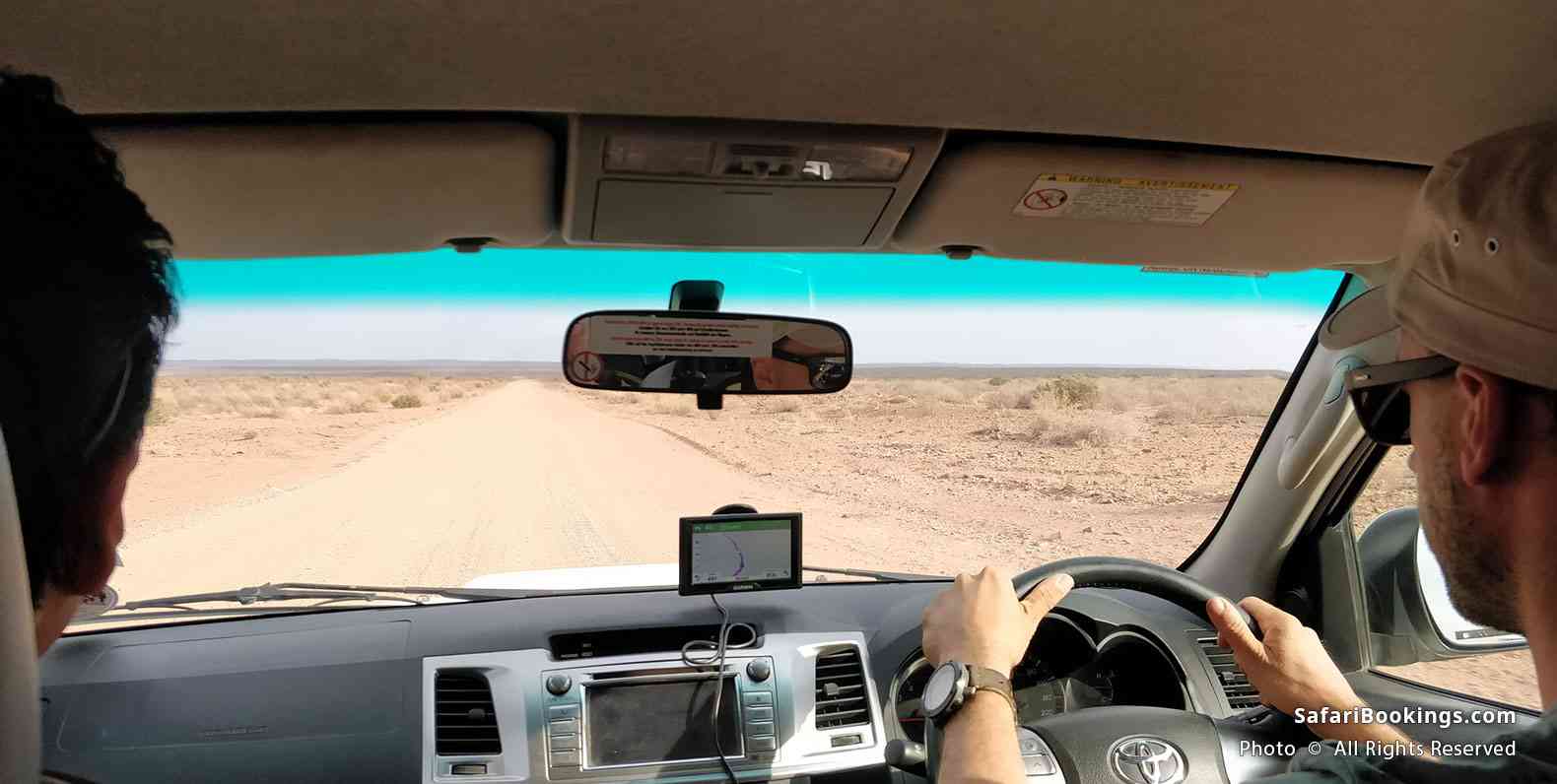
Your rental company should make sure you have everything you need, but it’s worth creating a checklist in advance to make sure nothing is missed. There’s nothing worse than renting a 4WD camper and discovering out in the desert that you haven’t been provided with cutlery or a spare gas bottle. Some things are about comfort: extra blankets, a torch, the ladder for the rooftop tent, a lighter for the gas stove. Others could be more critical, such as the pump for reinflating tires or the jack for changing tires.
Also important is the GPS navigation unit. Assuming that one is included in your rental, ask for it to be set up with Tracks4Africa. This is an excellent program where the route descriptions are updated regularly, often in real time. If you’re really heading out into the wilds, renting a satellite phone is also a good idea.
Want To Go on a Self-drive Safari in Namibia?
Click on the button below to compare Namibia self-drive safaris offered by top-rated tour operators.
 By Anthony Ham
By Anthony Ham Anthony is a renowned Africa expert and author of the Lonely Planet guide to Botswana and Namibia.
More About This AuthorAfrican Safari Tours
-
![11-Day Tanzania Safari with Zanzibar Beach Break]()
11-Day Tanzania Safari with Zanzibar Beach Break
$9,199 to $12,299 pp (USD)
Tanzania: Private tour
Mid-range Lodge & Tented CampYou Visit: Arusha (Start), Tarangire NP, Lake Manyara NP, Ngorongoro Crater, Serengeti NP, Zanzibar (End)

Wayfairer Travel

4.8/5 – 184 Reviews
-
![3-Day Endangered Mountain Gorillas (Bwindi Forest)]()
3-Day Endangered Mountain Gorillas (Bwindi Forest)
$1,485 pp (USD)
Uganda: Private tour
Mid-range Lodge & ResortYou Visit: Entebbe (Start), Bwindi Impenetrable NP (Gorillas), Lake Bunyonyi, Entebbe (End)

Hooves of Africa - Photo Safaris
5.0/5 – 23 Reviews
-
![9-Day Splendid Unforgettable Luxury Kenya Safari]()
9-Day Splendid Unforgettable Luxury Kenya Safari
$4,128 to $4,799 pp (USD)
Kenya: Private tourLuxuryLodge & Tented Camp
You Visit: Nairobi (Start), Tsavo East NP, Amboseli NP, Lake Nakuru NP, Masai Mara NR, Nairobi (End)

Estleon Adventures
5.0/5 – 134 Reviews




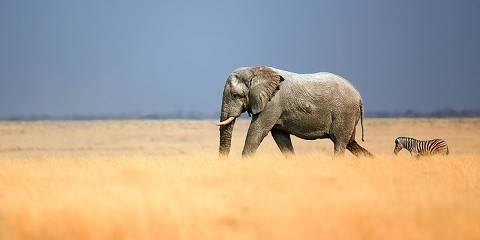

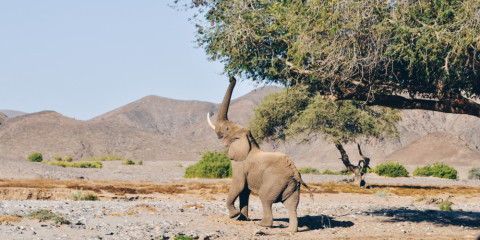





 Subscribe to our newsletter
Subscribe to our newsletter
 Follow us on Instagram
Follow us on Instagram



